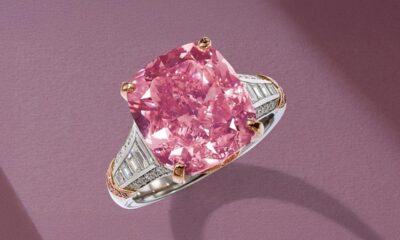DiamondBuzz
Premiums Return for Larger De Beers Diamonds Amid Supply Shortages
De Beers Resumes Auctions for Sightholders After One-Year Pause, Introducing Tender-Style Format
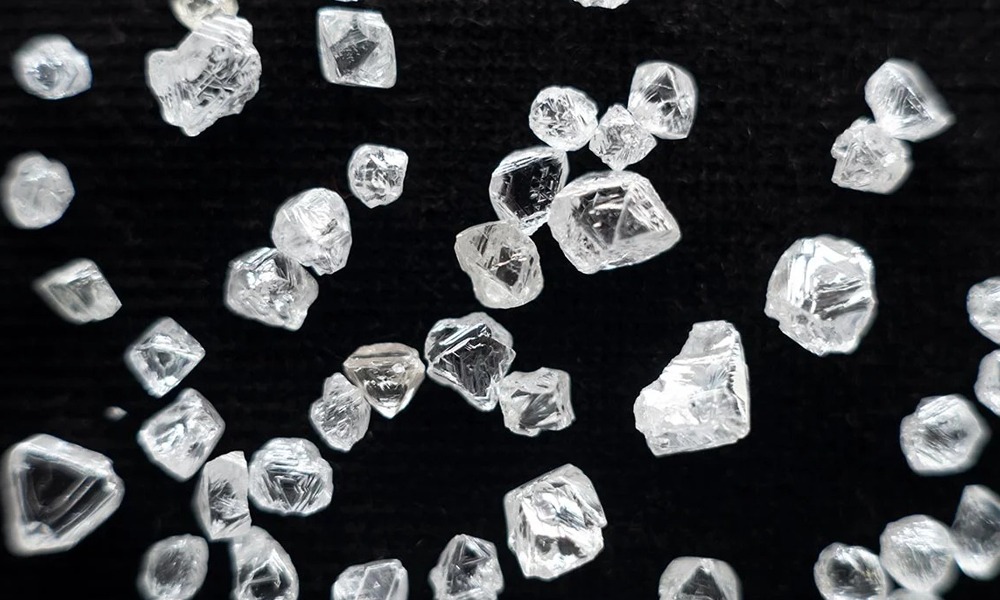
Shortages of larger De Beers diamonds are driving premiums of up to 7% on the secondary market, following a period when sightholders struggled to resell for profit, industry insiders told Rapaport News. Companies that purchased 5- to 10-carat goods at the recent sight, which began on Monday, received bids ranging from 3% to 7% above the De Beers list price, market sources shared on Tuesday.
The “select makeable” category in this size range — which yields 1.5- to 3-carat polished diamonds with an average color of I and average clarity of SI — commanded premiums at the higher end of the range. It remains uncertain whether sightholders agreed to sell at these higher prices.
De Beers customers, who buy rough diamonds at sights, can resell them, but weak demand in recent years had restricted their ability to generate margins, known as premiums, on these transactions. Recent production declines in India have created shortages in both polished and rough diamonds, resulting in a modest improvement in rough demand as factories seek to fulfill orders from the U.S. and India’s domestic market.
“There’s a shortage of goods — you have less stock in India and less production,” said a sight broker who received an offer of 7% above the list price for 5- to 10-carat “select” goods on behalf of a client. (The deal never went through.) “People are starting to [buy] more and more goods.”
The broker estimates premiums of 3% to 4% for “commercial” 5- to 10-carat diamonds, which generally have higher yields than select makeables but produce more polished diamonds with black inclusions. Shortfalls in larger rough diamond sizes were evident at the previous sight in February, though sources remain unsure whether this reflects production cuts, De Beers’ strategic withholding of supply, stronger demand for 2-carat and larger polished diamonds, or a combination of all three.
“There’s no ‘select’ right now on the market,” said a second market source. “Everybody is talking about it because, for a long time, there weren’t any premiums. But we’re talking about very few boxes.”
De Beers is also relaunching its auction sales after a year-long hiatus. The first auction in the current sales cycle will be held in Gaborone, marking a move from Singapore to the Botswana capital. The company announced this shift last April and had paused its auction operations during the transition.
The new auction format will be exclusive to sightholders, with goods primarily focused on larger stones, according to a De Beers spokesperson. Unlike previous auctions, the event will feature a tender-style format with closed bids, meaning participants will not be aware of competing offers.
“As we look to reestablish regular sales events for auctions, we will initially run a small-scale event in cycle 3 for sightholder customers with a relatively small amount of product enabling the testing of the platform,” the spokesperson explained. “We will subsequently look to develop a longer-term plan for future events, including the timeline and commercial approach.”
The suspension and subsequent resumption of auctions reflect the ongoing market downturn and recent modest improvements, according to a third source.
“While we are encouraged by recent signs of improvements in the rough-diamond trading sector, we will continue to adopt a prudent and watchful approach to supply,” De Beers added.
While prices and flexibility terms remained stable at the current sight, dealers anticipated a slight improvement in demand compared to earlier sales this year, as sightholders had deferred purchases from January and February. The session is expected to conclude on Friday.
DiamondBuzz
Sotheby’s Withdraws Rare 10-Carat Pink Diamond from Geneva High Jewelry Auction
The $20 million ‘Glowing Rose’ was expected to lead the sale but was removed after discussions with the consignor.
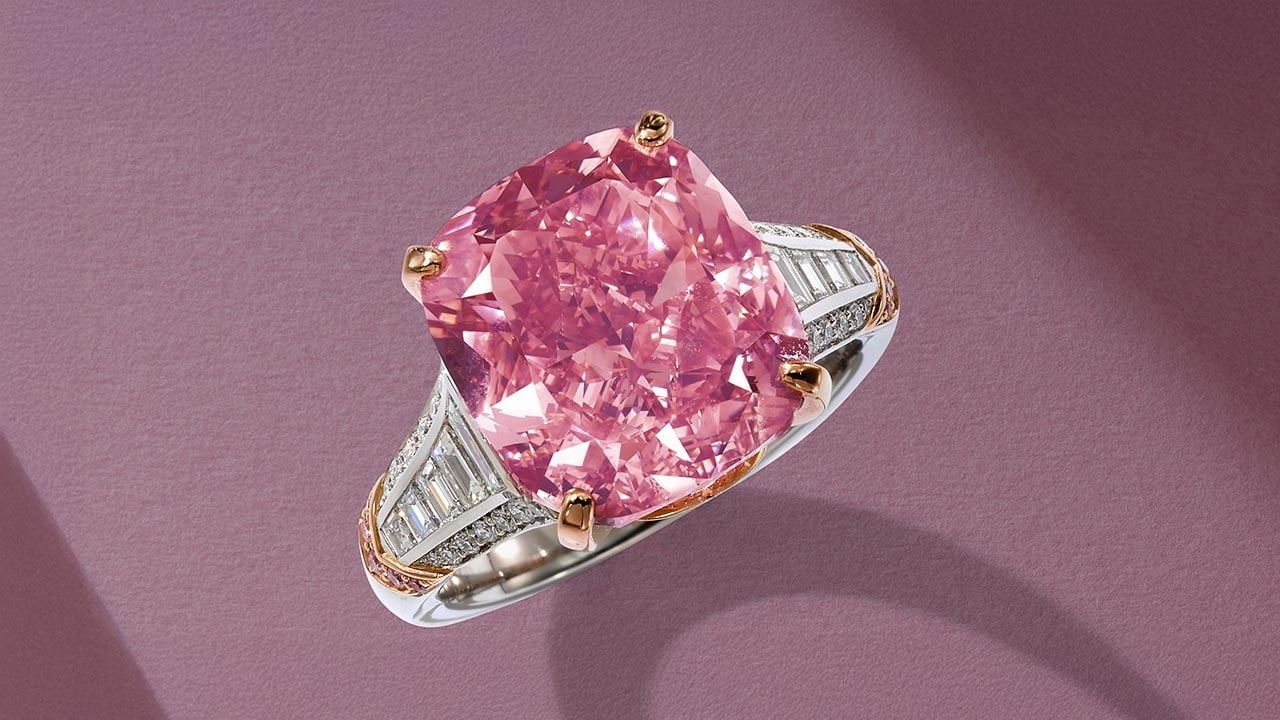
Sotheby’s has withdrawn a rare 10.08-carat fancy-vivid-pink diamond from its High Jewelry auction in Geneva, where it was estimated to fetch around $20 million. The Glowing Rose—a cushion brilliant-cut pink diamond set in a ring—was slated to be the star lot of the November 12 sale but never reached the auction block. The company did not disclose the reason for the withdrawal.
“The Glowing Rose is an absolutely beautiful pink diamond… however, following discussions with the consignor, the lot was withdrawn prior to the sale,” a Sotheby’s spokesperson told. The stone is notable as only the third cushion-cut vivid-pink diamond to appear at auction in the past decade and was showcased in Singapore and Taipei last month in a presentation mount by British jeweler Boodles.
Despite the withdrawal, the High Jewelry sale achieved CHF 29.8 million ($37 million), led by a 4.50-carat fancy-vivid-blue, internally flawless diamond that sold for CHF 4.8 million ($6 million). The event ran parallel to Sotheby’s Royal & Noble Jewels auction in Geneva.
-
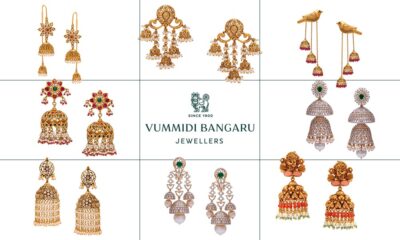
 BrandBuzz1 week ago
BrandBuzz1 week agoVBJ SINCE 1900 Fiesting Over 2000 Unique Jhumka Designs
-

 BrandBuzz1 week ago
BrandBuzz1 week agoIndriya unveils Rajashree, the Bridal Collection of Maharashtra
-
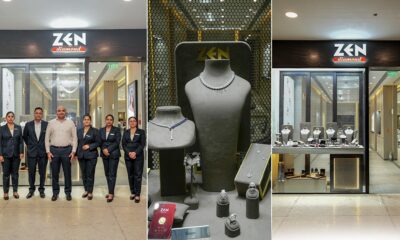
 New Premises1 week ago
New Premises1 week agoZen Diamond, unveils latest boutique at Chandigarh
-

 BrandBuzz6 days ago
BrandBuzz6 days agoReva by P. N. Gadgil & Sons Debuts ‘The Bridal Collection’: Merging Timeless Heritage with Contemporary Diamond Splendor.








